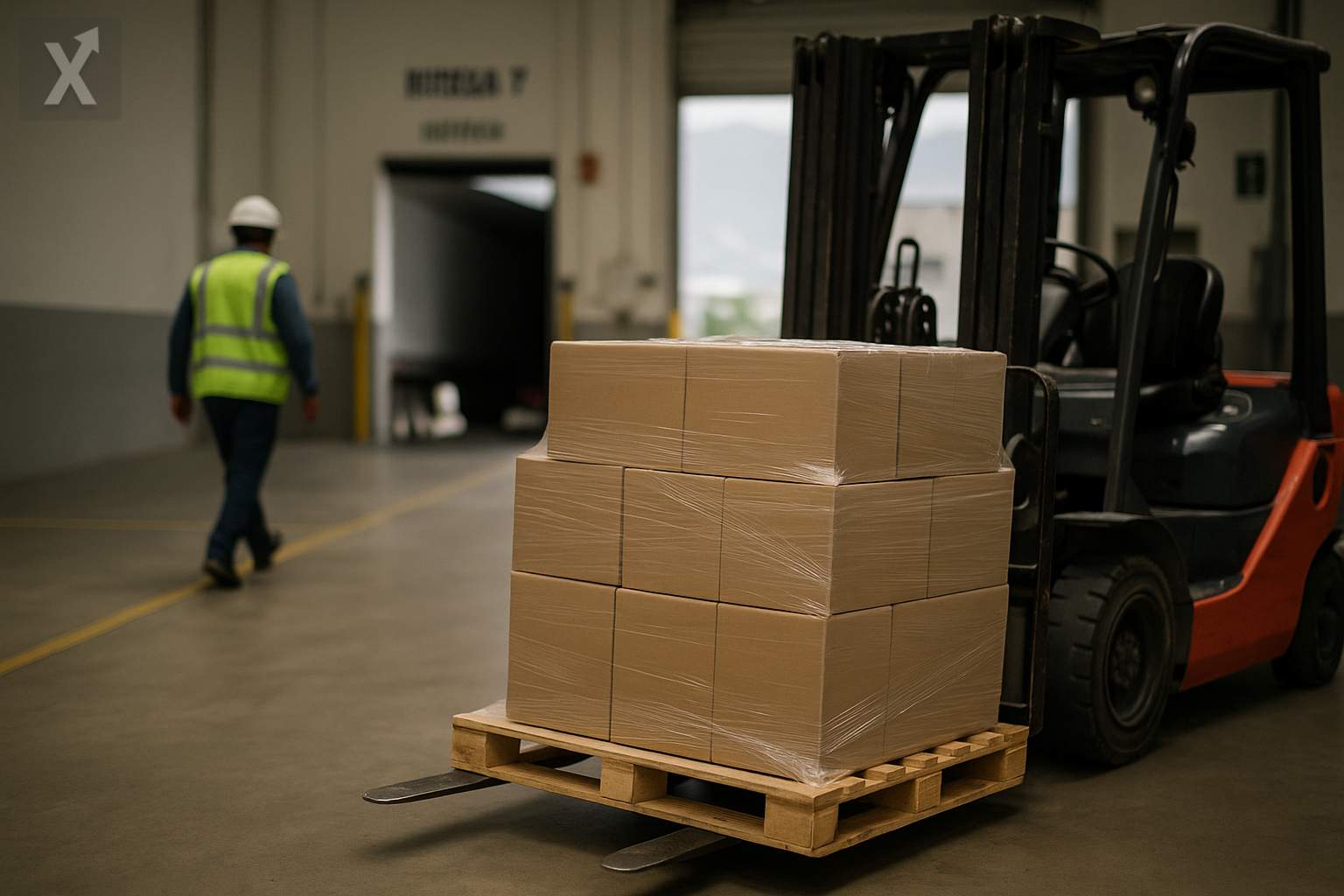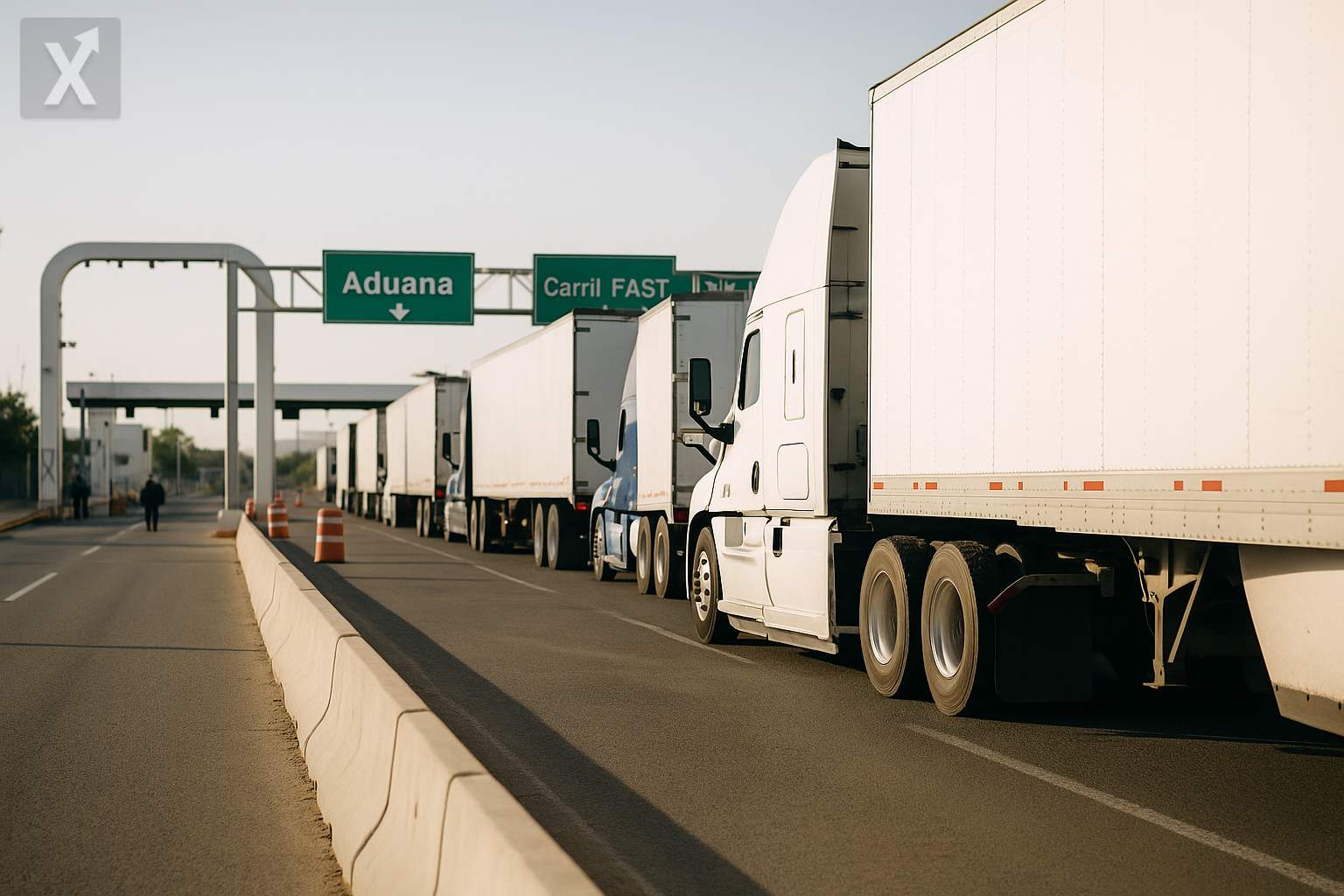US–China Easing Could Reshape Mexico: Supply Chains, Nearshoring, and Prices

Expectations of a trade truce between the United States and China—with potential tariff cuts and a commitment from Beijing to secure the supply of rare earth elements—open a new chapter for the Mexican economy. According to recent statements by both leaders during multilateral meetings, Washington is considering reducing some tariffs on Chinese goods, while China would temporarily ease restrictions on the export of key inputs for the tech industry. US officials have suggested that a formal agreement could be signed in the short term, pending last-minute technical details.
For Mexico, a thaw between the US and China would have mixed effects. In recent years, the relocation of value chains (nearshoring) has driven Mexican investment and exports, helping the country become the main trading partner of the US and replacing part of the Asian supply. Reduced tensions could lessen the urgency to move production from Asia. However, analysts point out that the structural advantages favoring Mexico—geographic proximity, the USMCA, lower logistics costs, existing industrial capacity, and risk mitigation—will continue to underpin “China+1” projects with Mexico as a strategic hub.
If China’s commitment to ensuring the flow of rare earths materializes, it would provide relief to technology-intensive segments within Mexico’s manufacturing ecosystem, such as auto parts, electronics, aerospace, and medical devices in the Bajío region and along the northern border. A more predictable supply tends to reduce costs and lead times, just as North America is accelerating the localization of components for electric vehicles, batteries, and semiconductors. Still, regional integration faces challenges: heavy dependence on Asian inputs, logistical bottlenecks, and the need to strengthen local sourcing. Initiatives such as bolstering automotive and electronics clusters and developing clean energy value chains need to gain traction, while national projects like lithium development in Sonora remain in their early stages.
The possibility of increased Chinese purchases of US agricultural and energy products would rearrange global trade flows. If Beijing raises imports of US soybeans or energy, international prices could adjust and in turn, marginally affect costs for Mexico’s food and manufacturing industries. Mexico, which is tightly linked to the US energy market through pipelines and fuel trade, could face price fluctuations for natural gas or LPG, impacting industrial electricity rates. In this context, the reliability of supply and the competitiveness of domestic energy costs remain critical factors for attracting productive investment.
On the macroeconomic front, easing trade tensions typically benefits risk assets and reduces global inflationary pressures by lowering the cost of imported inputs. For Mexico, this could translate into a more stable peso and lower costs for some intermediate goods. If a disinflationary trend takes hold, Banco de México’s monetary policy room—which has favored caution after a prolonged period of high interest rates—could gradually expand, always subject to underlying inflation, US economic activity, and the balance of external risks.
Bilateral trade with the US will continue to drive Mexico’s economic pulse: autos and auto parts, machinery and electrical equipment, electronics, and agri-food products dominate the export basket. A rebound in US demand would benefit Mexican plants; however, any eventual reduction in tariffs on China would reignite competition in certain consumer goods and electronics niches, pressing local manufacturers to accelerate productivity gains and regional content to fully capitalize on USMCA rules of origin.
In parallel, any progress in cooperation to curb fentanyl trafficking—a topic Washington has linked to both China and Mexico—could defuse political tensions that sometimes spill over into the economic relationship. Reduced geopolitical friction lowers the risk of unilateral measures or sanctions with collateral effects on Mexican exporters; still, regulatory compliance and traceability in chemical and industrial supply chains will remain under close scrutiny.
Looking ahead to 2026, the USMCA review remains the main milestone for long-term certainty. Mexico faces the challenge of consolidating nearshoring with improved logistics infrastructure, competitive energy supply, security, skilled labor, and a predictable regulatory environment. If US–China détente moves forward, Mexico will face greater competition for investment, but with a foundation of comparative advantages which—if leveraged—can sustain the reshoring cycle and export growth.
In sum, a trade ceasefire between the world’s two largest economies would reduce volatility and costs for critical inputs, but would also require Mexico to double down on efforts to maintain its competitive edge against Asia. The key will be implementing microeconomic and infrastructure reforms, guaranteeing certainty under the USMCA, and deepening regional integration to turn an external reprieve into lasting productivity gains.






